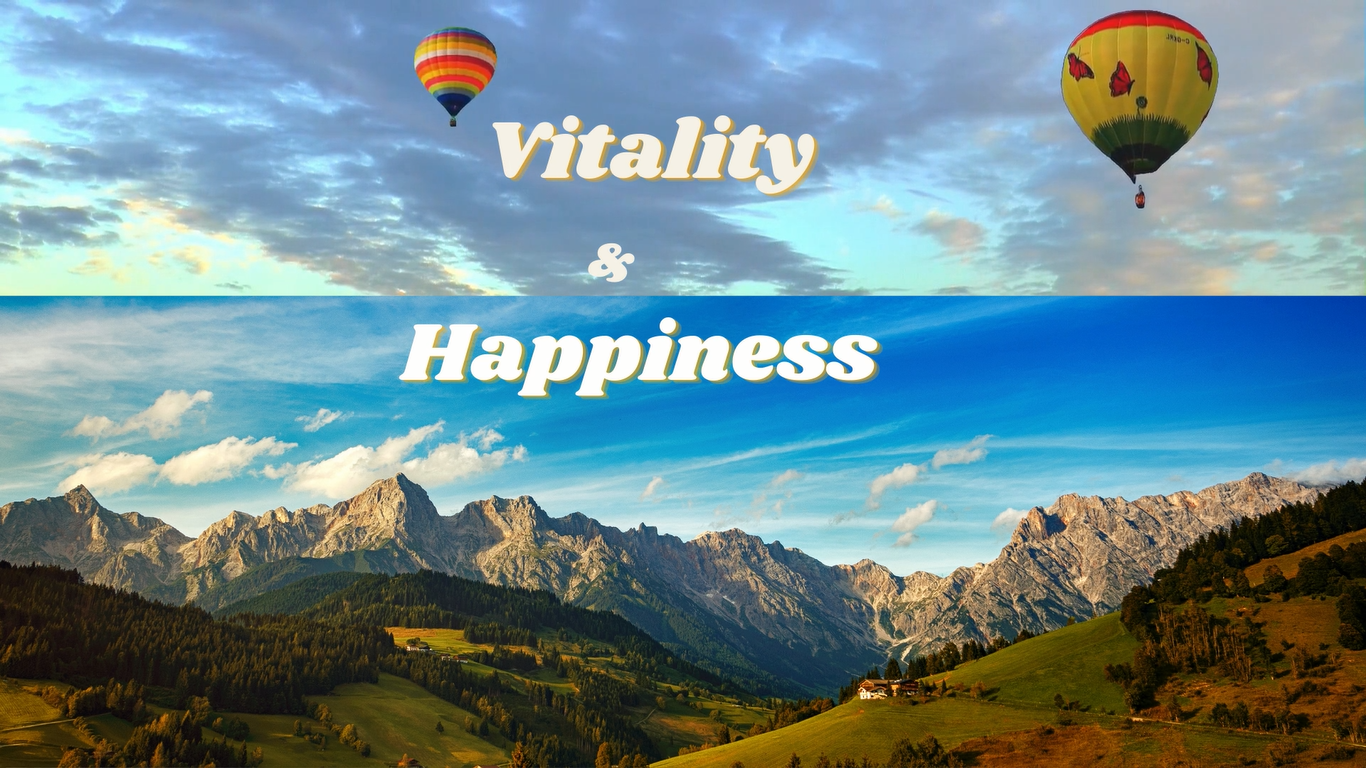Meditation can help you relax and find inner peace. Meditating is one of the most effective stress-reduction techniques. Everyone who wishes to meditate must take the necessary steps.
The most basic way to begin meditating is to concentrate on your breathing pattern. Maintain your calm and clear your mind of all distracting thoughts. Meditation is an excellent way to alleviate stress and other emotional issues.
Meditation is a mental relaxation technique that has been linked to the cure of a variety of chronic illnesses.
The practice of meditating has numerous health benefits as reducing anxiety, improving focus, and providing a sense of well-being and happiness. A full session has specific requirements.
Keep in mind that there are things to keep an eye out for that may appear to be minor but have a significant impact on the overall process. Let’s take a look at a few tips and techniques for new meditators to keep in mind.
1- Understand the purpose of meditation:
There is no specific reason to meditate. Meditation is practiced by many people for a variety of reasons.
Most of them meditate to clear their minds, which allows them to connect with their inner selves, improve their breathing, and health, ability to visualize goals, control anxiety, and be more creative, compassionate, or aware. Before proceeding, you must acknowledge your need for meditation.
2- Choose a convenient time to meditate:
For beginners, choosing the appropriate time to meditate is critical. It is best to stick to the same time every day for this purpose. No changes should be made so that meditation can promote entertainment and relaxation.
This not only assists in achieving the goal of meditation but also in maintaining a disciplined approach to meditation. Meditation is best done at sunrise and sunset, according to classical literature.
3- Choose a peaceful location:
Meditation is more relaxing and enjoyable in a calm, serene setting. As a result, you must choose a location that is free of distractions. Because electronic devices, including laptops and cell phones, can be distracting, they should be stored.
Additionally, scented candles, incense sticks, and flowers can help to make the environment more relaxing. When meditating in low light, a more calming effect is guaranteed. Listening to meditation music can help to relax the mind even more.
4- Wear something comfortable:
Dress comfortably and lightly when meditating. Remove your shoes and other footwear to allow you to sit comfortably. Tight clothing should be avoided because it can cause discomfort while meditating. Attempting to meditate should be free of distractions.
5- Begin with warm-up and stretching exercises:
Before beginning meditation or any other form of practice, stretching and warm-up exercises are a good place to start. Warming up reduces agitation, increases blood flow, and provides the body with a lighter, more energizing sensation.
6- Avoid meditating after a heavy meal:
In theory, having an empty stomach makes it easier to meditate. It is recommended to wait at least two hours after a meal, an hour after a snack, or two hours after consuming a caffeinated beverage.
This is because digestion can interfere with peaceful meditation. A focused mind is essential for successful meditation. As a result, it is recommended that no alcohol, or tobacco products be used.
7- Take deep breaths:
Deep breathing is a necessary component of meditation. Paying attention to your deep breathing can help you focus your mind on meditation.
The breathing pattern also helps the mind enter a state of meditation. Before beginning to meditate, it is best to practice pranayama or deep breathing.
8- Choose a straightforward meditation routine:
If you’re just getting started, sit quietly and concentrate on your breathing. Other types of meditation, such as guided and walking meditation, are available.
When learning a new pose, avoid difficult poses and resist the urge to sit in Padmasana. In theory, you can sit on the ground, in a chair, or even cross your legs.
9- Sit comfortably and meditate:
The success of your meditation experience is dependent on your posture. If at all possible, sit comfortably, calmly, and steadily in the lotus or Padmasana position.
Standing up straight with a relaxed neck, shoulders, and back is recommended. Keep your eyes closed while meditating.
10- Maintain a gentle smile on your face:
Smiling may aid with your meditation experience. This promotes an atmosphere of eternal peace in addition to assisting you in relaxing while you meditate. Remember to gradually open your eyes after meditation and drink some water.

Matt M. Eccles is the founder of Vitality and Happiness Blog. He is a philosopher, psychology enthusiast, wellness and digestion expert, author, and world traveler who is passionate about helping others reach and experience optimum health, true happiness, and increased vitality. The purpose of this website is to motivate and inspire people to handle life’s challenges. Uplift and encourage you to succeed in life and be happy and healthy, increase life quality, and become the best version of yourself.